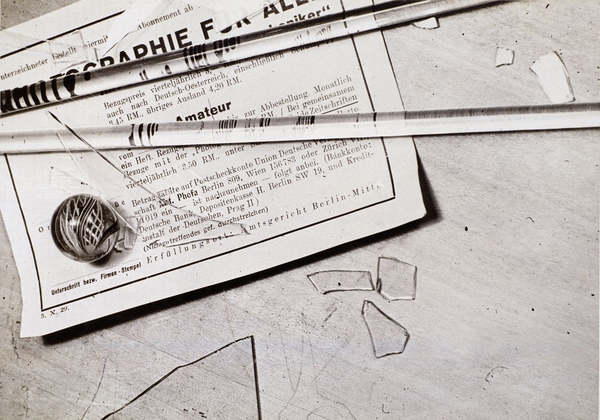B
auhaus – Networking Ideas and Practice (BAUNET) is an international research and exhibition project involving four cultural institutions from four European countries - Austria, Bosnia and Herzegovina, Croatia, and Slovenia. The leading partner on the project is the Museum of Contemporary Art Zagreb, while the co-organizers are Universalmuseum Joanneum in Graz (Austria), Academy of Fine Arts in Sarajevo (Bosnia and Herzegovina) and Loški Museum in Škofja Loka (Slovenia)
During the past few years, the theory and practice of Bauhaus have again come into the focus of interest, both in the professional circles and among the broader, culturally interested public. One should especially emphasize large projects such as Modell Bauhaus (Bauhaus-Archiv/Martin-Gropius-Bau, Berlin, 2009), Bauhaus 1919-1933: Workshops for Modernity (The Museum of Modern Art, New York, 2009-2010), Bauhaus: Art as Life (Barbican, London, 2012), a series of recently published books on the Bauhaus school and its activity, and numerous monographs dedicated to the work of its key artists. Bauhaus’ ideas were spreading throughout the European countries as long as the school existed, and later they developed into a global phenomenon. Previous research resulted in a number of studies on Bauhaus’ influence upon architecture and art within Germany and later in the United States, but also in smaller countries such as the Czech Republic or Slovakia. An excellent overview of mutual influences is the recent representative exhibition and the accompanying monograph about the Hungarian Bauhaus artists From Art to Life – Hungarians in the Bauhaus School of Arts (Pécs, 2010; Berlin, 2011). However, the activity of Bauhaus students from south-eastern Europe, the influences of their art practice, as well as the idea of Bauhaus in the broadest sense of post-war art practice in this region have not yet been systematically researched or comprehensively presented.

Artist: Ivana Tomljenović Meller
Title: Studija / Study
Date: 1929/1930
Me...
The research and exhibition project BAUNET will thoroughly explore and present the activities and interrelations of artists from south-eastern Europe who were trained at the renowned international school of architecture, design, and visual arts Bauhaus, as well as its influences on the art practice of the 1950s in south-eastern Europe.
The mainstay of BAUNET are the aesthetic and pedagogical concepts of the Bauhaus school, which were applied to all visual art disciplines, design, architecture, theatre, and even multimedia experiments. The other essential feature of Bauhaus’ educational activity was the synthesis of art theories and practice, both in its creative courses and school workshops on the one side, and in the individual practice of its artists on the other. Therefore, a special segment of the project focuses on various art groups and tendencies during the 1950s in south-eastern Europe, which developed under the direct influence of ideas and practices promoted by Bauhaus, as well as the legacy of geometrical abstraction and avant-garde movements in the first half of the 20th century.
The territorial aspect is an important mainstay of the project as it reflects on several levels the ideas and practice of Bauhaus. The region of south-eastern Europe is the link between the students originating from this part of the world and trained at Bauhaus. Furthermore, it is an area of reflection on their practice and artistic activity. This region has always been aware that some of its important art practices developed under the influence of Bauhaus artists who were not locals by birth, but lived and worked here.
The principle of artist mobility and the networking of ideas and practices have also, in a way, dictated the openness of this territorial aspect towards the neighbouring countries that gravitate towards the interest area of the project. This primarily refers to artists from Austria and Hungary. The results of research conducted in these countries will be used and presented as comparative material, while the project will encompass research on the work of those artists whose oeuvres have been partially investigated previously, but now make its pivotal part.
Bauhaus was a European movement of the Historical Avant-garde, with the key terms in its description being: sharing life and work between teachers and students, synthesis of theory and practice in the learning process, experimenting in different artistic media, mobility of artists during their training, and networking of ideas and practices through the activities of the school and later through the influences and reflections of Bauhaus artists, whose achievements and importance have an impact on today's world as well.
The BAUNET project was launched in October 2013. It will last for two years and comprises research on the artists’ oeuvres, digitalization of artistic and archival material, creation of the BAUNET portal and a data base as a central point for future research, conferences, workshops, lectures, and finally exhibitions that will take place in 2015 in all the partner countries: Austria, Bosnia and Herzegovina, Croatia, and Slovenia.